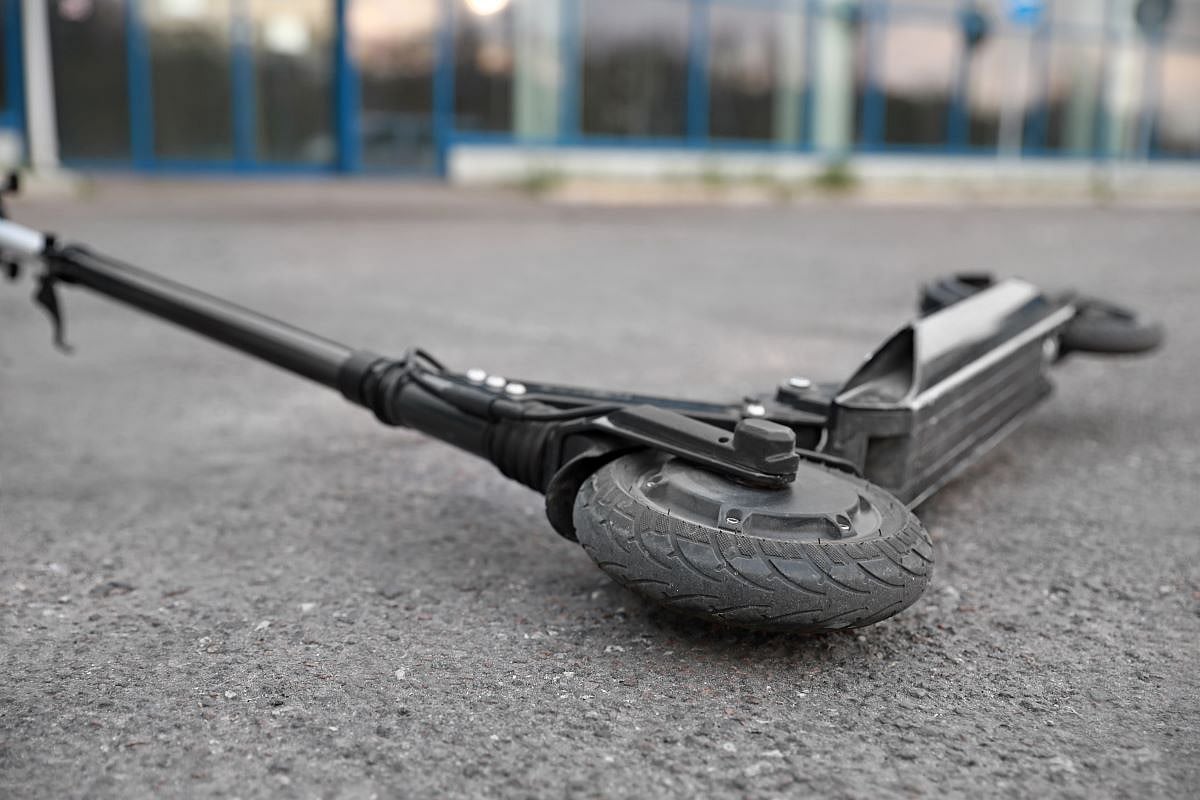We are administering the seasonal flu vaccine. Please call for appointments. Walk-Ins welcome!
Manténgase sano!

- Carole Tanzer Miller
- Posted September 27, 2024
U.S. E-Bike and Scooter Injuries are Soaring
Folks who depend on e-bikes and powered scooters to get around know they might get hurt, but they might be surprised by just how likely that really is.
Rates of injury on the trendy transportation devices skyrocketed between 2019 and 2022, Columbia University researchers report. E-bike injuries jumped 293%; those involving powered scooters were up 88%.
"Our results underscore the urgent need to improve micromobility injury surveillance and to identify strategies for cities to improve user's safety so that micromobility can be a safe, sustainable, equitable and healthy option for transportation," said first study author Kathryn Burford. She's a postdoctoral fellow in epidemiology at Columbia University Mailman School of Public Health in New York City.
Micromobility covers any small, low-speed, human- or electric-powered transportation device. And these devices are growing in popularity: Between 2019 and 2022, e-bike sales surpassed those of electric cars and trucks -- up by a whopping 269%.
Drawing from a nationwide injury surveillance system, Burford's team looked at patterns for more than 1.9 million injuries associated with e-bikes, bicycles, hoverboards and powered scooters. The sample included data from 96 U.S. hospitals.
Of 48.8 million injuries that resulted in an ER visit between 2019 and 2022, 1.9 million involved micromobility devices. Bicycles were No. 1, accounting for 33.2 of every 1,000 ER injuries. Powered scooters were No. 2, with 3.4 of every 1,000 ER injuries, followed by 1.8 for hoverboards and 1.2 for e-bikes.
More than 3 out of 4 hoverboard injuries involved patients under 18. That compared with 1.5% of e-bike injuries and 16% of powered scooter injuries.
In contrast, 57% of patients hurt using powered scooters, 49% of those with e-bike injuries and 31% of bicycle injuries were ages 18 to 44. Men had higher rates of scooter and bike injury than women. Bike and e-bike-related injuries were most common among seniors.
Alcohol and helmet use were factors in some cases. Alcohol was more often involved in powered scooter and e-bike injuries. Injured bicycle and e-bike users were more likely to use helmets than their counterparts on hoverboards or powered scooters. Helmet use was lowest among patients hurt using hoverboards, and they were more likely to suffer concussions.
Hoverboard-related injuries dropped over the study period, especially among children. Researchers attributed that at least in part to a 2018 safety warning from the American Academy of Pediatrics.
"Conversely, the considerable increase in electric micromobility injuries we are experiencing may be attributable to the lack of access, education and regulation for protective equipment as shared microbility systems, such as NYC's City Bike program, are not required to provide helmets to users," said senior study author Andrew Rundle, a professor of epidemiology at Columbia.
Burford suggested public officials may need to step in.
"Legislation is lacking on where micromobility devices can be ridden," she explained, "and legislation regulating the riding of these devices while under the influence of alcohol or other recreational drugs is inconsistent and historically difficult to pass."
Researchers noted that improving availability of protected bike lanes near high-usage spots like downtown areas might make streets safer for micromobility users. They plan to investigate features that might help prevent their risk of injury.
The findings were recently published in the American Journal of Public Health.
More information
Johns Hopkins Medicine has safety tips for bikers, skateboarders and scooter users.
SOURCE: Columbia University Mailman School of Public Health, news release, Sept. 24, 2024








